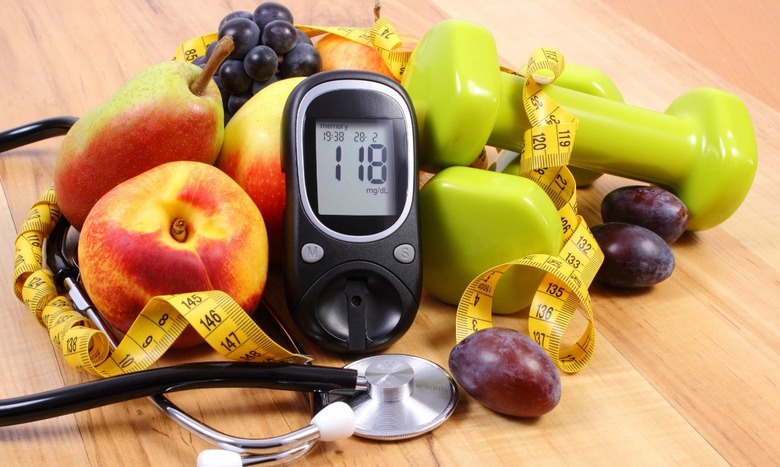What You Should Know About A Diabetic Diet
When it comes to managing diabetes, it's important to know what to eat, how much to eat, and when to eat. Eating a healthy diet and exercising daily will help keep blood glucose, or blood sugar, in the targeted range.
Click here for 10 Eating Habits That May Help to Prevent Diabetes slideshow.
According to the American Diabetes Association, knowing the best and worst food choices from each food group and understanding how certain foods affect blood sugar are significant. A diabetic diet should focus on nutritious foods that have a low glycemic index (GI). This includes beans, dark green leafy vegetables, citrus fruit, sweet potatoes, berries, tomatoes, fish, whole grains, nuts, and fat-free dairy products. These foods are high in calcium, potassium, fiber, magnesium, and vitamins, which help the body function properly.
Carbohydrates have the biggest effect on blood glucose levels, so making sure that you are eating enough to keep your blood sugar levels balanced is key. Carbohydrates include more than just grains, cereals, and pastas. Starchy vegetables and beans are also processed as carbohydrates in the body. The American Diabetes Association recommends filling a quarter of your plate with starchy foods and aiming for foods with a low GI. A good rule of thumb for this is the less processed a food is, the lower GI. When you are choosing carbohydrates, opt for whole grains, leafy greens, and dried beans.
The accompanying slideshow is provided by special contributor Sheela Prakash.
